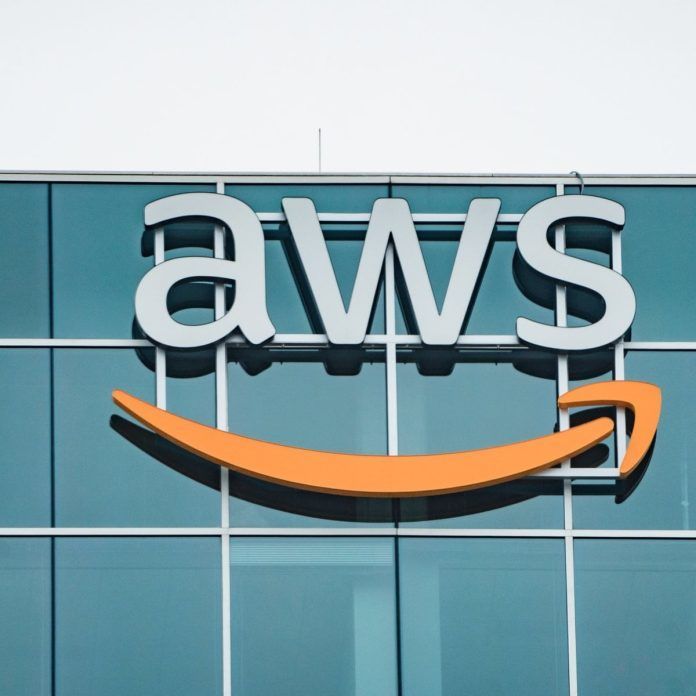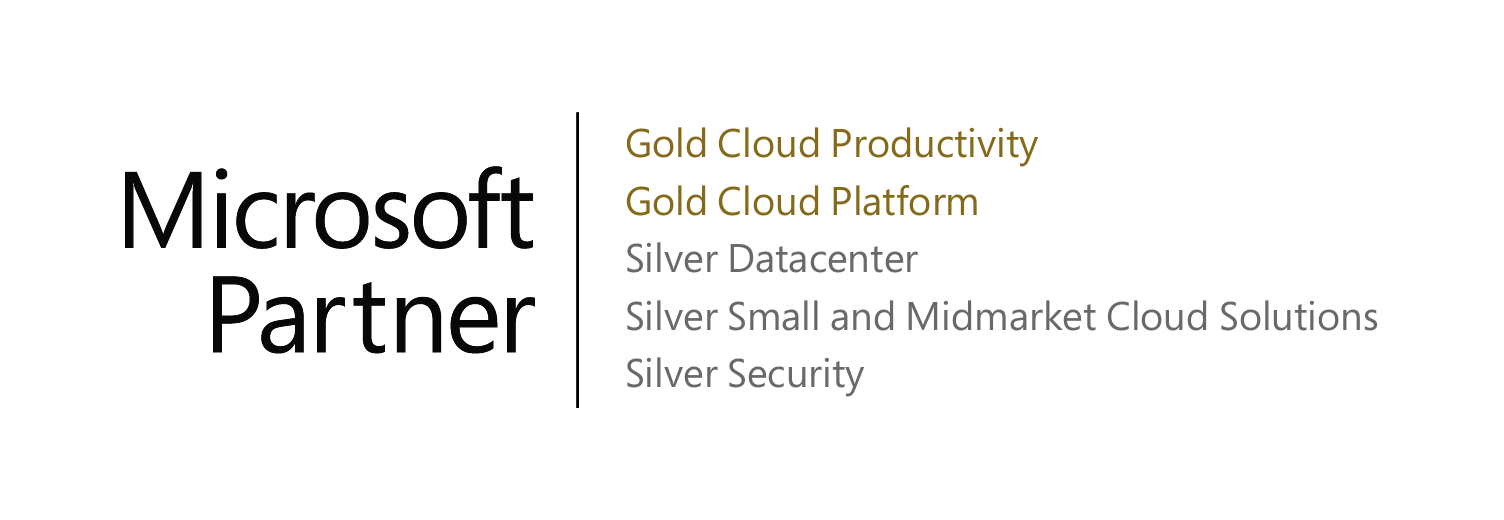Alternatives to VMware: Cost-Effective Virtualization Solutions for Your Business
Discover Affordable and Reliable Virtualization Platforms
As VMware continues to increase its prices, many businesses are seeking alternative solutions to meet their virtualization needs without breaking the bank. At Akins IT, we understand the importance of finding cost-effective and reliable alternatives that can deliver the same level of performance and functionality. In this blog, we will explore some of the top alternatives to VMware that you can consider for your business.
Why Look for Alternatives to VMware?
VMware has long been a leader in the virtualization space, offering a comprehensive suite of products such as VMware vSphere, VMware Cloud, and VMware Horizon. However, recent price hikes have led many organizations to reconsider their options. According to Forrester, up to 20% of VMware customers are expected to move to alternatives like Nutanix or Microsoft Hyper-V due to rising costs and service concerns. This shift highlights the growing demand for more affordable and efficient virtualization solutions.
Top Alternatives to VMware
Microsoft Hyper-V
Microsoft Hyper-V is a robust virtualization platform that offers a wide range of features at a competitive price. It integrates seamlessly with Windows Server and provides excellent support for both Windows and Linux operating systems. Hyper-V is known for its scalability, reliability, and ease of use, making it a popular choice for businesses of all sizes.
Nutanix
Nutanix is another strong contender in the virtualization market. Nutanix Unified Storage (NUS) enables organizations to adapt to fast-changing application needs and shift their management focus from data storage to data management across datacenter, edge, and cloud environments. Nutanix offers a comprehensive suite of products that can help you reduce costs and complexity while delivering a great user experience.
Proxmox VE
Proxmox VE is an open-source virtualization platform that combines KVM and LXC technologies. It offers a user-friendly web interface, high availability, and support for various storage options. Proxmox VE is a cost-effective solution that provides enterprise-level features without the hefty price tag.
Red Hat Virtualization (RHV)
Red Hat Virtualization is an enterprise-grade virtualization platform based on the KVM hypervisor. It offers robust performance, scalability, and security features. RHV is particularly well-suited for organizations that already use Red Hat Enterprise Linux, as it integrates seamlessly with the Red Hat ecosystem.
Citrix Hypervisor
Citrix Hypervisor, formerly known as XenServer, is a powerful virtualization platform that offers advanced features such as live migration, disaster recovery, and high availability. It is designed to support both Windows and Linux workloads and is known for its performance and reliability.
Oracle VM
Oracle VM is a free, enterprise-class server virtualization solution that supports both Oracle and non-Oracle applications. It is built on the Xen hypervisor and offers features such as live migration, high availability, and integrated management tools. Oracle VM is an excellent choice for organizations that use Oracle products and want a cost-effective virtualization solution.
Conclusion
As VMware continues to increase its prices, exploring alternative virtualization solutions can help your business save costs without compromising on performance and functionality. Microsoft Hyper-V, Nutanix, Proxmox VE, Red Hat Virtualization, Citrix Hypervisor, and Oracle VM are all excellent options to consider. Each of these platforms offers unique features and benefits that can meet the diverse needs of your organization.
At Akins IT, we are committed to helping our clients find the best solutions for their IT needs. If you have any questions or need assistance in choosing the right virtualization platform for your business, feel free to reach out to us. We are here to help you navigate the ever-changing landscape of IT and ensure your business stays ahead of the curve.
Sources:
- Forrester report on VMware alternatives
- Nutanix Unified Storage (NUS) features
- CloudZero's guide on VMware alternatives
- Forbes article on life after VMware
- Rigorous Themes' list of open-source VMware alternatives




